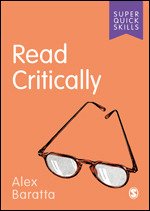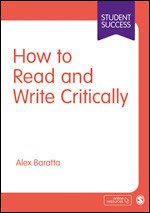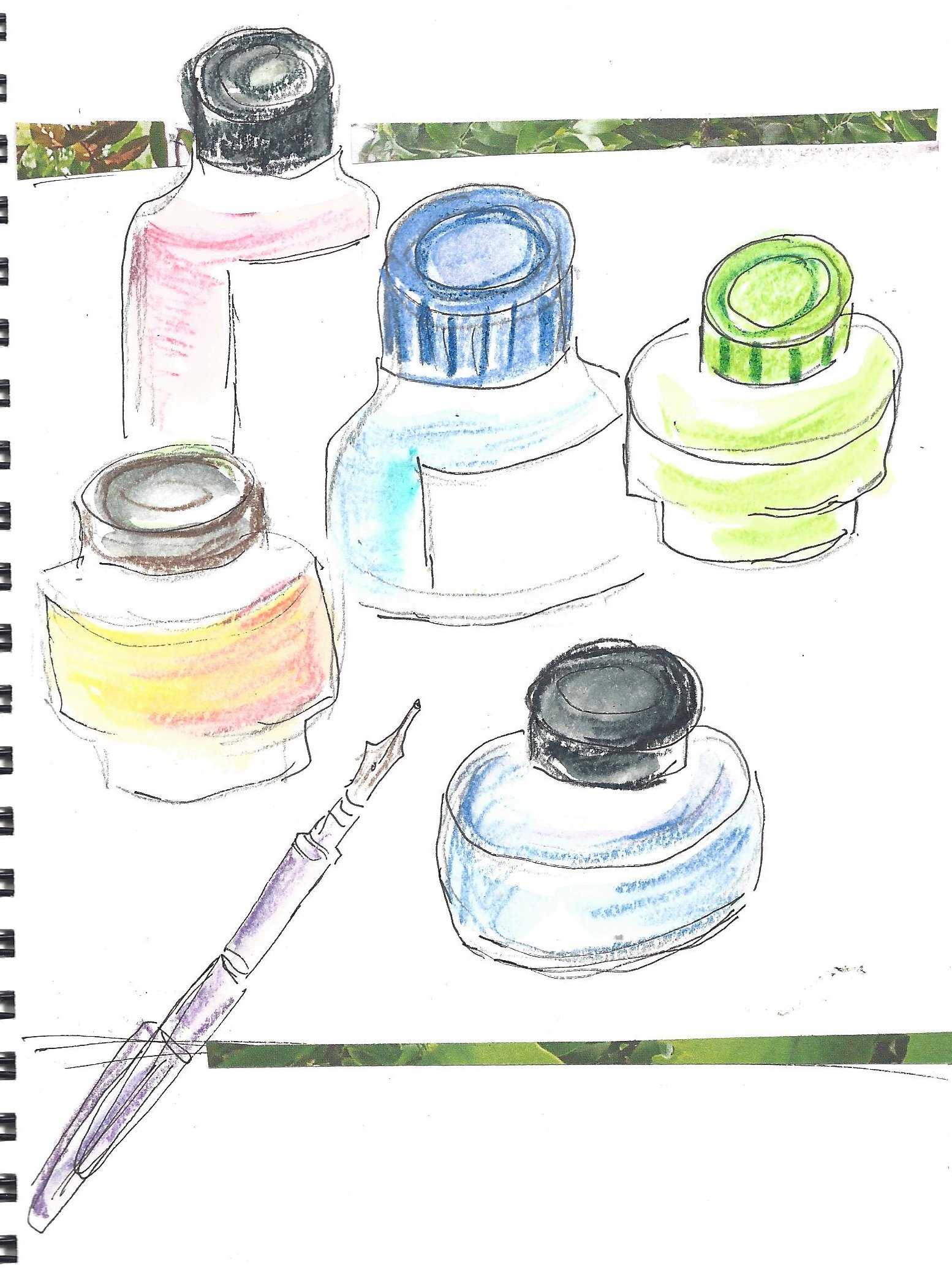Academic Writing in Different Disciplines
By Alex Baratta, PhD Senior Lecturer, Manchester Institute of Education
Dr. Baratta is the author of How to Read and Write Critically (2022) and Read Critically (2020). Use the code MSPACEQ423 for a 20% discount on his books.
When you think of academic writing, what exactly comes to mind? You might think of cramming sessions late at night to discuss the relevant literature with your friends before you put finger to keyboard, or stressing about how to start. Of course, the process of academic writing need not automatically involve stress – you may indeed find yourself truly engaging with it at times, especially if writing on a topic of interest. However, the question I posed at the start pertains specifically to the broad word of ‘style’; that is, what makes academic writing, well…academic writing?
Many might think that academic writing style involves extinguishing your personal voice (so no ‘I’), not using humor and striving to use ‘big’ words. Or to use a point of comparison, an academic essay should not read like a personal blog on the topic of your favorite movies. There is some truth to this, but academic writing is not one size fits all. Your style of writing will depend in large part on the discipline you’re writing for, and your academic major. Let’s consider this by approaching academic style from the broad perspectives of three academic disciplines, within which you can ideally locate your own major.
Hard Sciences, Soft Sciences and the Humanities
The hard sciences as they’re called involve subjects which deal with natural phenomenon, such as physics, chemistry and biology. These are subjects which deal in large part with fact, though one’s interpretation of the facts is valid, of course. Otherwise, if all the hard sciences did is recount fact after fact, then how can new information ever be contributed to the hard sciences? But in dealing with facts, and less personal opinions (say, opinions about the meaning of a piece of art or literature), then this has implications for the style of academic writing to be expected. Likewise, there are different implications if you’re writing for the Soft (or ‘social’) Sciences, which pertain largely to human behavior and institutions, such as psychology, philosophy and linguistics, with the Humanities being the most interpretive of all, involving subjects such as literature, art and music.
Hedging
Hedging refers to the need to use cautious statements when discussing your opinions and understanding. As such, hedging is common across all disciplines, but less common in the Hard Sciences when compared with the Humanities (to be discussed). Thus, words and expressions such as arguably, might, may, perhaps, it could be said and so on, while useful tools for hedging, may not have the same need in the Hard Sciences compared to other disciplines such as the Humanities. But if dealing with facts in an absolute sense, then no need for hedging at all – consider the two examples below:
The Sun rises due exactly east and sets due exactly west on only two days of every year.
Arguably, the Sun rises due exactly east and sets due exactly west on only two days of every year.
As you can see, the first example is stating a fact, as the sun does not rise in the East as such on a daily basis. As a fact, it doesn’t require hedging of any kind. That’s why the use of the word ‘arguably’ is redundant, as there is no argumentative stance to make at all about the sun’s position. Also, consider the use of verb tense – when recounting facts, for example, the use of the present tense serves to signal an unchanging rule or everyday event. Thus, in your everyday life, you might use present tense to tell people about your routine such as I get up at 0600 or I eat pizza every Sunday.
But given that we can’t really discuss human behavior as unchanging fact, we need to leave room for error, in this case error of interpretation. For this reason, the Soft Sciences really on hedging more than the Hard Sciences. While no one can really quantify this in terms of how much hedging is involved in one department versus another, this guide can at least give you something to think about. Consider the following:
The results of the study suggest that children learn language best with adult interaction.
The results of the study prove that children learn language best with adult interaction.
Does your study, even if it involves 100 children really speak for all children around the world? Can you honestly say you have proven anything? Even if the conclusion above sounds like common sense, which it does to me, you still have to write for an academic audience and not your best friend. As such, play it safe and used a hedging device (here, the word ‘suggest’). To be clear, if you don’t hedge where needed and make overly assertive claims, your academic writing will not be taken seriously. This applies to all departments of course, but some will simply need to hedge more than others.
Within the Humanities, then hedging is even more relevant perhaps (and my use of the word ‘perhaps’ is, of course, a hedge). Imagine that you’re looking at a painting, watching a film or listening to a piece of music – will ten different people all interpret the painting, film and music the same way? Sure, these ten people will see the same color scheme in the painting, see the same scenes in the film and hear the same notes in the music. But they will interpret the painting, film and music differently. Thus, given that there is such a large degree of interpretation, then hedging is even more relevant. Consider the following sentences:
The use of light and dark on the face of Norman Bates implies the dual nature of his character (from the film Psycho).
Beethoven’s symphony suggests his inner torment at the time he wrote it.
The colors within Manet’s painting could evoke images of fall, with the use of red and gold.
So, when you provide an interpretation, opinion or claim, first consider which department you’re writing for and then, consider the extent to which you can, or cannot, back up your claim. If your claim is based on the results of a trial medication, then hedging is certainly needed, even though you’re probably writing for Medicine. Likewise, if you’re interpreting the character of Julius Caesar, as many have before you, it doesn’t matter how many others might share your interpretation – hedge your claim.
The use of figures of speech
Figures of speech serve to spice up your writing, as a well-placed metaphor or simile, for example, can bring some vividness to your prose. However, you once again need to consider your academic audience. Figures of speech within the Hard Sciences, for example, would have little use and therefore be rather inappropriate. This is because figures of speech would serve, in this context, to make the writing less precise, and precision is completely necessary for a discipline within the Hard Sciences. Consider the following:
Molecules in a gas move like the wind.
Following the explosion, there was a sea of fire.
That molecules move fast within a gas, compared with a liquid or solid, is a fact. But to use the simile ‘like the wind’ tells us nothing at all. It creates a mental picture to be sure, but we need hard facts, not wishy-washy personal interpretations of a simile. So be precise – give an exact speed. Now, if there was an oil spill at sea which caused a fire, then ‘sea of fire’ might work as it would describe a real fire, and if you’re writing for the Hard Sciences, then we would perhaps need to know the temperature of the fire also, and how widespread it is. But if we write the color scheme of Dali’s painting creates a sea of fire, then clearly this is metaphorical, but it would fit perfectly for the Humanities, here Art. This is because metaphors, for example, help to make personal interpretation that bit clearer, by using the kind of vivid imagery that figures of speech can achieve. Thus, in one academic context, figures of speech can produce cloudy writing, while in another they can achieve clear writing. The Soft Sciences lie somewhere in between the other two disciplines, but a well-placed figure of speech can work well to describe human behavior, for example:
There is a kind of societal hypnosis in terms of the power of media to persuade.
No, this is no real hypnosis involved with media messages in advertising, for example, but with the metaphor you literally get the picture.
There’s more to consider of course regarding disciplinary writing, such as the extent to which you can be more personal (e.g., by using ‘I’ versus more use of passive voice to produce an impersonal tone). But for now, consider these two topics discussed more consciously and as such, be more aware of the style you need to use for academic writing within your major and the reasons behind it.


































Michelle Boyd answers a question about taking small steps to make progress on a large writing project.